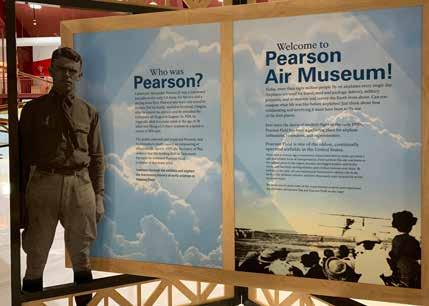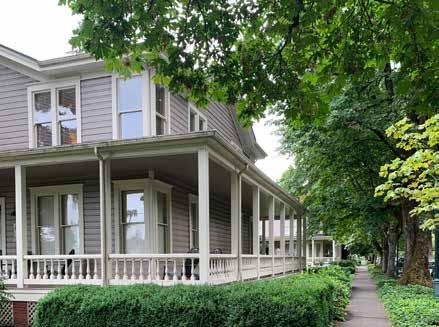
4 minute read
A Look Down Officers Row
The largest collection of historically restored officer housing in the country resides along Evergreen Blvd, a tree-lined street known as Officers Row.
Twenty-one homes built between 1850 and 1906 housed commanding officers of the U. S. Army through numerous conflicts starting with the Indian Wars up to and through World War II.
Advertisement
Each home has its own history, but the three most prestigious are the Grant House, Marshall House, and O. O. Howard House. Other homes occupied by lower ranking officers later played major roles in the U. S. Army to the point that over 70 of the officers who were stationed here later became prominent generals in various conflicts.
The Marshall House, in Queen corner turret capping a full-height rectangular bay window. The bellcast form of this turret
Anne style, is presently the only home open to the public, and that is limited to the first floor. The tour is free, and it provides an inside look at an elite Army Officer residence of the 19th century.
Historical markers and information panels along Officers Row share important dates and events of the military presence in Vancouver beginning in 1849.
House #18 built in 1885 and the next three built in 1886 were styled much the same except for the doors. Because of their distinctive form locals began calling them the “Officers Row style” homes.
These three almost identical houses exhibit the roof form known as a mansard, typical of Second Empire architecture.
Built in 1886-87. Exhibiting influence from the Queen Anne style, these buildings have a fullheight rectangular bay window capped by a truncated, bellcast, hip roof with paired windows.
Built in 1886-87. This simple-gable roofed building is punctuated by shed-roof wall dormers. A wall dormer differs from other dormers in that the dormer is a continuation, or extension of the façade wall. Notice that the width of the front doors is greater than the others on the row.
Built in 1903. This building has many classically-inspired features including the formal façade and the Palladian-esque window at the attic level. The window has a central arched component flanked by two rectangular components, a definitive characteristic of the Palladian style.
Built in 1906-7. The last building built on the Row. Colonial Revival architecture, with columns recalling ancient Greek temples. Triagular shapes are one of the easiest clues to identifying classically-inspired styles. Note the triangles outlined by the trim boards on the side walls and dormers.
Interesting note is that the Covington House (oldest home in Clark County - page 19 ) was built in 1848 (possibly much earlier). Ulysses S. Grant when he was a quartermaster at the fort from 1852-1853 would often go there for an evening entertainment. The Covington House will give you an idea of log cabin construction in that time period. If you visit note the huge amount of chinking between logs and you will get an idea how cold those first officer houses were without proper chinking.
Historic Markers
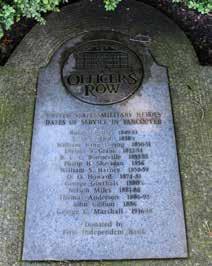
Historic Markers placed before each of the homes on Officers Row provide a snapshot of important events that took place during the U. S. Army’s 160 years (1849-2012) in Vancouver. A few are included here. Information panels provide additional historic facts making a visit to Officers Row a power packed walkthrough of early U. S. Army history in the Pacific Northwest.
United States Military Heroes Dates Of Service In Vancouver
Rufus Ingalls 1849-53
E. O. C. Ord 1850’s
Wing Loring 1850-51
Ulysses S. Grant 1852-54
B. L. E. Bonneville 1853-55
Philip H. Sheridan
William S. Harney 1858-59
O. O. Howard
Thomas Anderson
John Gibbon
George C. Marshall
Donated by First Independent Bank
FAMOUS VISITORS TO OFFICERS’ ROW
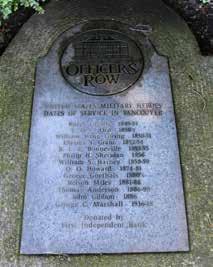
General Ambrose Burnside
Mrs. George Armstrong Custer
Jefferson C. Davis
President Rutherford B. Hayes
Walla Walla Chief Homily
Nez Perce Chief Joseph
General H. A. Morrow
Methow Chief Moses
George Pickett
President Franklin Delano Roosevelt
General Winfield Scott
Moses Williams
Donated by Byron W. Lin and Aron Jacobus and family
Oldest Washington Settlement
Federal authorities serving the Northwest after 1850 were guided by the Commanding Officer at Vancouver until after the Civil War.
Vancouver is the oldest settlement in Washington and was the original Washington Territorial capital.
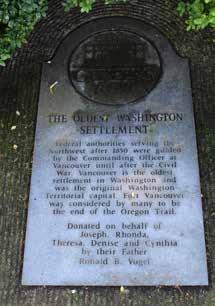
Fort Vancouver was considered by many to be the end of the Oregon Trail.
Donated on behalf of Joseph, Rhonda, Theresa, Denise and Cynthia by their Father Ronald B. Vogel
The Great Explorations
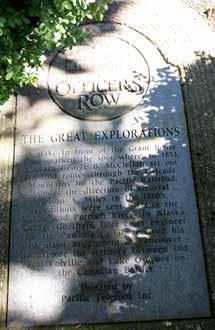
A stake in front of the Grant house once marked the spot where, in 1853, Captain George B. McClellan set out to find routes through the Cascade Mountains for the Pacific Railroad.
Under the direction of General Nelson A. Miles in the 1880’s expeditions were sent to trace the Yukon and Putnam Rivers in Alaska.
George Goethals, later chief engineer for the Panama Canal, received his first major assignment at Vancouver to explore the territory between Old Fort Colville and Lake Osoyoos on the Canadian Border. Donated by Pacific Telecom Inc.
Pearson Air Museum
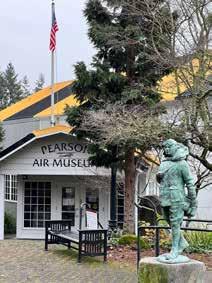
The 321st Observation Squadron (1923-1941)
“Although the U.S. Army allowed civilian aircraft to land at Vancouver Barracks beginning in 1905, military aircraft began operating here in 1921, when the U.S. Army Air Service established a landing field for an aviation forest patrol. The patrol was a cooperative forest fire spotting effort by the U.S. Army and the U.S. Forest Service. Two years later, the 321st Observation Squadron arrived at Vancouver Barracks, with three biplanes initially stationed at the field. ...”
Soviet Transpolar Flight of 1937
Excerpt: “Near this site at Pearson Airfield on June 20th, 1937, three Soviet aviators completed the first non-stop flight from the U.S.S.R. to the U.S.A.
Text from NPS interpretative panels at Fort Vancouver NPS
Less than two years after the Wright brothers made history, a small field at Vancouver Barracks became an airfield.
Six years later, the U. S. Army declared the field an “Aviation Camp” and, in 1912, it was the scene for the first airmail flight sanctioned by the U. S. Post Office and the first interstate flight between Washington and Oregon.
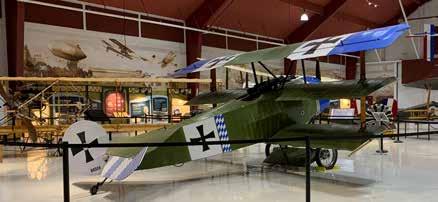
On April 6, 1917, the United
States entered into World War I, and soon work began just west of Pearson Field to build the world’s largest spruce-milling operation, producing enough lumber for 300 airplanes.
By 1923, the airfield had become recognized as a major airport and U. S. Army Air Base, playing a key role in the development of U.S. air power and general aviation in the Pacific Northwest.
